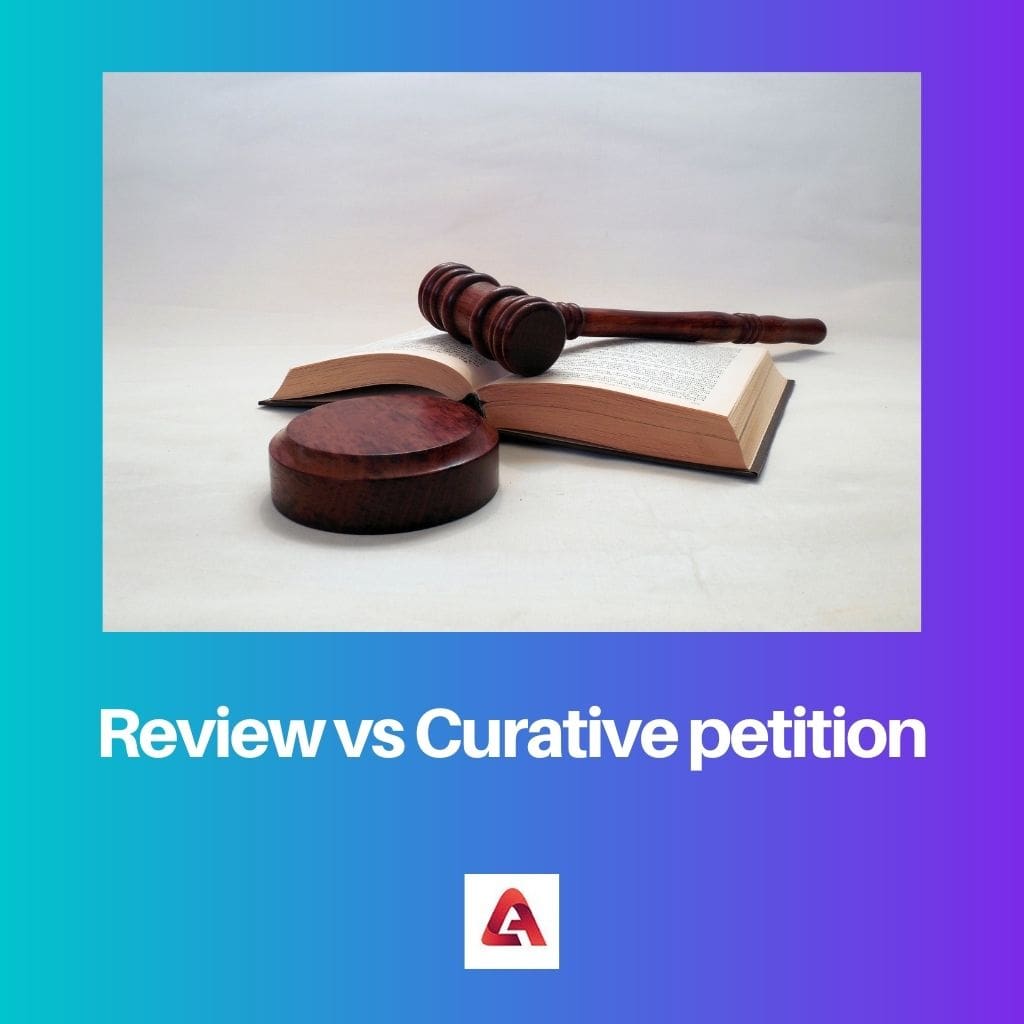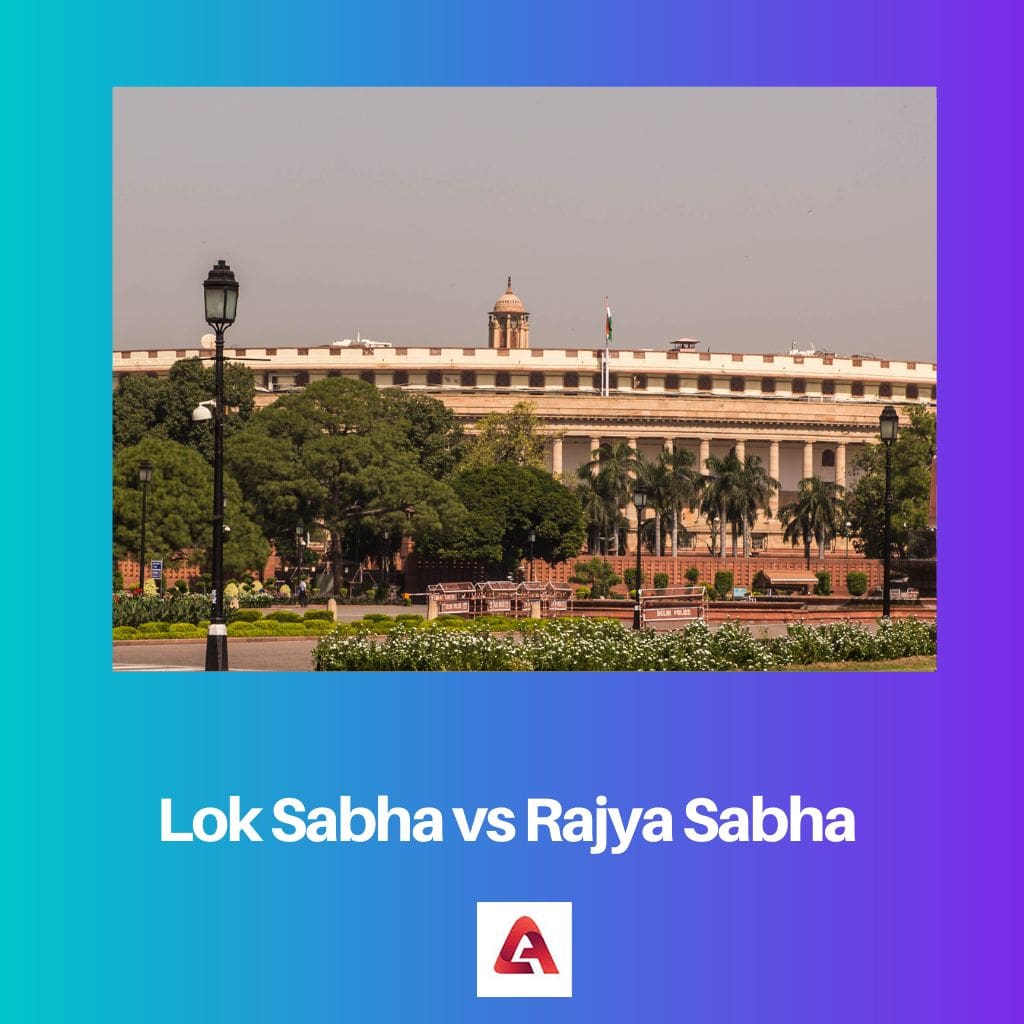Review and Curative Petition are two separate terms for the re-address of the grievance plea. The Supreme Court maintains both petitions for the convenience of the petitioner.
Key Takeaways
- Legal context: Review petitions challenge a court’s decision based on apparent errors, while curative petitions seek to correct a judgment with gross violations of principles of natural justice.
- Timing: Review petitions must be filed shortly after a judgment, whereas curative petitions can be filed after review petitions have been dismissed.
- Admissibility: Review petitions are more common, while curative petitions are rare and admitted only under exceptional circumstances.
Review vs Curative Petition
The difference between Review and Curative Petition is that a review petition is a judicial re-examination of a case; the court has the authority to re-examine its verdict to rectify an error with self-evident and not minor errors of little import. A curative Petition is an ultimate destination for the petitioner to seek righteousness after the case is rejected in the review petition.

It takes a month to file a Review petition from the day of its final verdict. The petition is reviewed by the same Judges who ruled the judgment.
The Curative Petition does not have a time limit, but to verify the violations, three high-ranking lawyer needs to prove and bring up the significant ground for the petition.
Comparison Table
| Parameter of Comparison | Review Petition | Curative Petition |
|---|---|---|
| Constitutional Provision behind the petition | Under Article 137 of India and Article 145, the Supreme Court of India can re-evaluate any conclusion ruled by it. | Under Article 137 of India and Article 145, the court can re-evaluate any conclusion ruled by it. |
| Who can file a petition? | The petitioner who feels resentful of any decision of the Supreme Court on any noticeable mistake can file a review petition. | It may be filed after a review appeal has been dismissed in the final conviction. |
| A bench of Judges. | An oral argument does not occur, and the Judges who ruled the previous verdict re-examined the petition. | Three high-ranking lawyers and judges who passed the ruling heard the petition. An oral argument does not take place. |
| When to file a petition? | Must be filed within 30 days from the date of judgment and must be placed before the same Bench of Judges which had delivered the decision | No time limit is given for filling a Curative petition, but it must be filed within a reasonable time. |
| Grounds for petitions | The petitioner must have found new evidence that they failed to produce before the court when it passed the judgement. | After the review, the petition was dismissed. When the petitioner verified that there were violations of principles of natural righteousness, the court did not hear him before passing the decision. |
What is Review Petition?
The power of the court to correct and prevent the gross failure of justice and a provision for review has been laid down under Section 114 of the Code of Civil Procedure, which provides a petitioner with a significant right to ask the court for a review.
It acts as an optional right of the court. The purpose of a review petition is restricted to fixing a noticeable consequence or grievance that has been the effect of a decision of the Supreme Court.
The court does not take new cases but corrects serious mistakes that have failed justice.
What is Curative Petition?
A curative Petition is a final option for the petitioner to seek justice. It was put forth by the apex court to avoid the failure of justice and to avoid misuse of process.
The concept evolved from a case where the following question arose before the court of law: ” Is a disappointed person allowed any relief against the final verdict of the Supreme Court after the dismissal of a review petition?”
It’s a Supreme Court creation which goes against its power. The court acknowledges that an act of the court shall prejudice no one.
Main Differences Between Review and Curative Petition
- A review petition can be filed in both the Supreme Court and High Court, whereas a Curative one can be filed only in the Supreme Court.
- A review petition is heard by the same Bench of Judges who delivered the verdict. In contrast, a Bench hears a Curative petition of three Senior judges and the judges who delivered the verdict.




